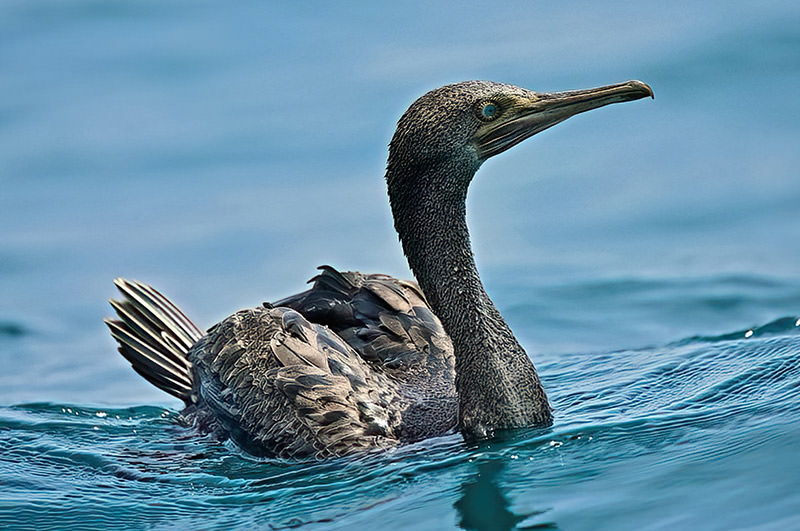Afghanistan – Armenia – Azerbaijan – Bahrain – Cyprus – Egypt – Georgia – Iran – Iraq – Israel – Jordan – Kazakhstan – Kuwait – Kyrgyzstan – Lebanon – Oman – Qatar – Saudi Arabia – South West Russia – Syria – Tajikistan – Türkiye – Turkmenistan – United Arab Emirates – Uzbekistan – Yemen

Capital: Manama
Area: 760 km2
BirdLife International partner: None
Total number of bird species: 336
Globally threatened bird species: 8
Country endemics: 0
Important bird and biodiversity areas: 4 IBAs with a total area of 260 km2
Rare birds committee: Neil Tovey, Abdulla Khabi, Howard King: hmking.pmc@gmail.com
Specialities:
Socotra Cormorant and Hypocolius.
ABBA project:
The Atlas of the Breeding Birds of Arabia (ABBA) aims to document the distribution of breeding birds in the Arabian Peninsula. The project is run by Mike Jennings and birdwatchers’ field observations are a valuable source of data. For information and notes on reporting, along with breeding record submission forms, please email Mike: mikejennings@arabianbirds.com.
Ornithological interest:
Bahrain’s name, which means ‘land of two seas’, comes from the upwelling of fresh water from an aquifer on an island surrounded by a saline sea. The archipelago consists of natural and artificial islands around the main islands of Bahrain and Maharraq. Development and industrialisation continue to erode the country’s unique and diverse habitats but natural and unspoiled sites still exist, albeit in isolation and with limited access. The Hawar islands group is still largely pristine and lies some 20 km to the southeast.
Due to its small size, Bahrain remains an excellent country for a short birding stopover. With assistance from a knowledgeable local birder, a list of 100 species in one day is achievable during migration periods, and even in summer a good species count is possible. Between late October and early March, Bahrain remains one of the few places in the Middle East where Hypocolius can be reliably seen, and flocks of this species can number hundreds. The islands of Hawar have large heronries, tern colonies and breeding Sooty Falcons in summer, while in winter they are home to the world’s largest breeding colony of Socotra Cormorants, along with a variety of waders. Visits are only possible by prior arrangement with local authorities.
Best times to visit:
Bahrain is very hot and humid in summer but conditions are more pleasant between November and April. Winter (October–March) is best for Hypocolius.
Essential reading:
Porter R & Aspinall S (2010) Birds of the Middle East, Christopher Helm.
دليل الطيور في الشرق الأوسط (Nature Guides Ltd). تطبيق على نظام أندرويد وآبل
بورتر، ر.، أسبينال، س.، 2016. طيور الشرق الأوسط. ترجمة عبد الرحمن السرحان وتدقيق لغوي وعلمي: نابغ غزال أسود. اصدار البيردلايف انترناشيونال وجمعية علم الطيور بالشرق الأوسط والقوقاز. عمان، الأردن
The above two references in Arabic are the Arabic smartphone app version of Birds of the Middle East (Porter & Aspinall) and the Arabic book version of Birds of the Middle East (Porter & Aspinall).
King H (2018) Pocket Guide to the Birds of Bahrain, An illustrated checklist, Manama Printing.
There is a systematic checklist of Bahrain’s birds here
Compilers:
Howard King and Neil Tovey
